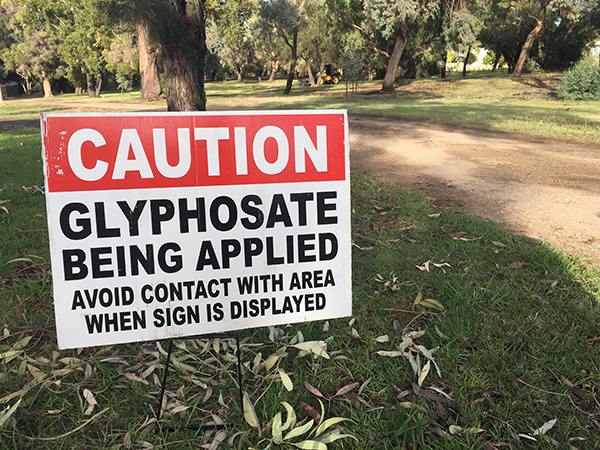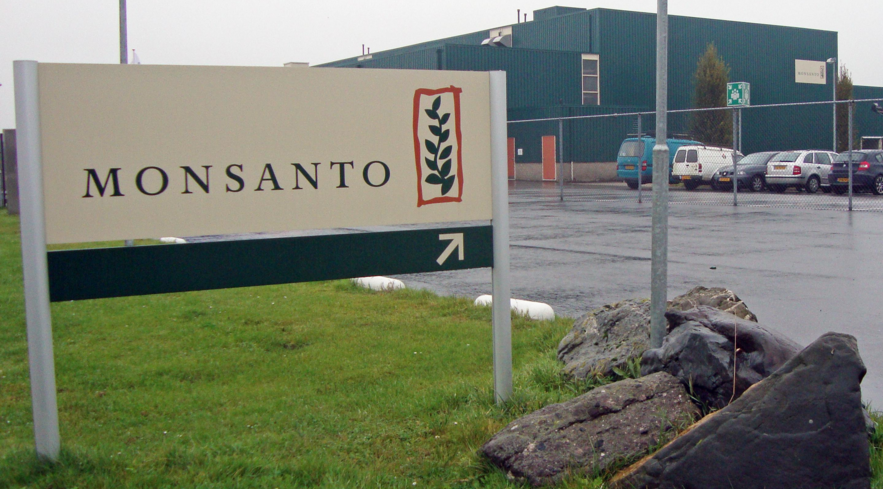EWG study: Economic benefits of paraquat herbicide DO NOT outweigh its health risks
04/03/2024 / By Laura Harris

A recent Environmental Working Group (EWG) study has found that the use of paraquat in the agricultural regions of California is affecting low-income Hispanic communities.
Paraquat, a highly toxic herbicide commonly used as a weed killer, has been linked to multiple health issues, including non-Hodgkin lymphoma, respiratory damage, kidney disease and childhood leukemia. This toxic herbicide, which is considered deadly when ingested even in a small amount, has been banned in over 60 countries worldwide. But despite all this, the Environmental Protection Agency (EPA) still approves its use due to its economic benefits. (Related: The toxic herbicide industry — guilty of causing cancer — is seeking LEGAL IMMUNITY across the United States.)
However, the EWG study found that the economic benefits that the EPA claims do not really outweigh its health risks.
The study, released on Mar. 27, examined paraquat usage in California from 2017 to 2021, focusing on Kern, Kings, Fresno, Tulare and Merced counties, where farms primarily produce almonds, corn, peanuts, soybeans, wine grapes and other crops.
According to the study, authored by Al Rabine, a geographic information system analyst for the EWG, California has sprayed 5.3 million pounds of paraquat for over five years. The study found that 66 percent of those paraquat applications have been on the farms of those counties, where 75 percent of the population and 96 percent of the farm workers are Hispanic. It also reveals that 90 percent of the population in the said counties is foreign-born and frequently employed at low wages.
EWG found that 1.2 million pounds of paraquat were dispersed across approximately 1,200 square miles of farmland in Kern County, with a poverty rate of nearly 30 percent. This, in turn, made Kern County, along with its three most populous cities – Bakersfield, Shafter and Wasco – “hotspots” for paraquat use. These cities have a combined population of over 80 percent Hispanic residents, who witnessed almost 180,000 pounds of paraquat spraying in five years.
The study argued that paraquat could remain in the soil, travel through the air and even contaminate workers’ clothing. Thus, its use in California not only posed a threat to the laborers directly involved in spraying but also exposed their families and endangered farm workers residing in neighboring areas.
EPA ignores all the risks associated with paraquat use in farmlands
The study also found that the EPA has been ignoring epidemiological studies from the National Institutes of Health (NIH), University of California, Los Angeles (UCLA), Oxford Academy, Environmental Health Perspectives (EHP) as well as 90 articles of evidence and “cutting edge studies” submitted by the Michael J. Fox Foundation, indicating that individuals exposed to paraquat are at an increased risk of developing Parkinson’s disease.
A UCLA study backed the claims of the EGW, with findings indicating that people living and working within 500 meters or about 1,640 feet, where paraquat was sprayed could double their risk of acquiring Parkinson’s disease.
Despite mounting evidence and legal action against the Switzerland-based and Chinese-owned Syngenta, the manufacturer of paraquat, the EPA has been defending its continued approval of paraquat for farming.
This negligence extends to the disproportionate impact on low-income Hispanic farm workers, the pervasive threat of aerial drift during application on windy days, and the health and environmental toll on farm owners, laborers and local communities in the area.
Follow Pesticides.news for more stories and information related to pesticides and their negative effects on health.
Watch the video below about glyphosate, a dangerous herbicide like paraquat.
This video is from the Wellness Talk channel on Brighteon.com.
More related stories:
Lawsuits piling in against Syngenta over paraquat weedkiller, which causes Parkinson’s Disease.
Syngenta weed killer trial moved to June, explores whether paraquat causes Parkinson’s disease.
Pesticide linked to Parkinson’s disease being sold in US, already banned in Europe.
600+ lawsuits linking Syngenta’s weed killer to Parkinson’s set to proceed.
Sources include:
Submit a correction >>
Tagged Under:
agriculture, banned, big government, brain damage, brain damaged, brain health, disease causes, environment, Environmental Working Group, health science, herbicide, insecticide, organic farming, Parkinson's Disease, pesticide, real investigations, research, toxic chemicals, toxins, weed killer, world agriculture
This article may contain statements that reflect the opinion of the author
RECENT NEWS & ARTICLES
COPYRIGHT © 2017 GLYPHOSATE NEWS




















